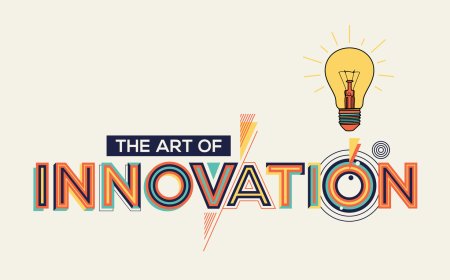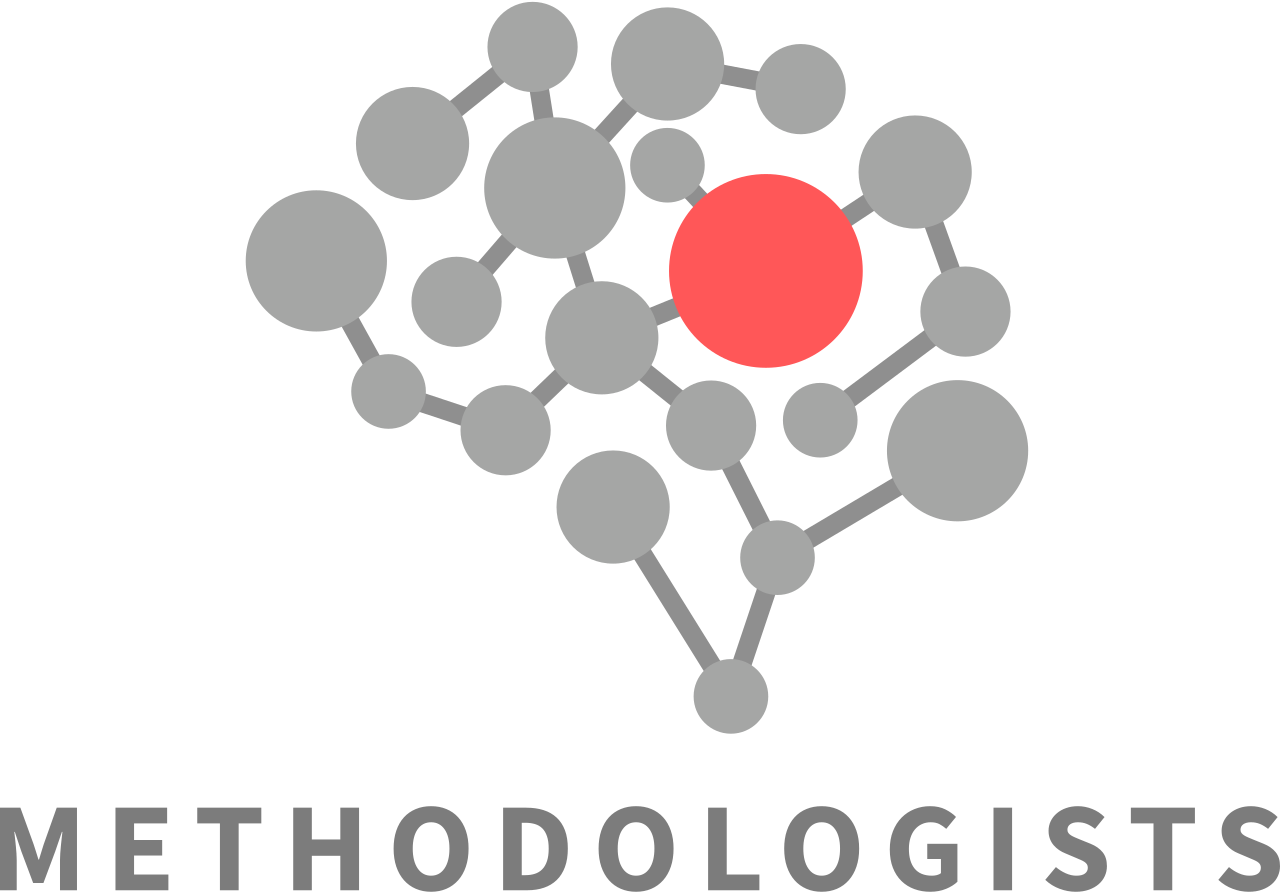Driving R&D Initiatives with Effective Leadership
Explore the principles of John Adair's leadership model and its relevance to innovation management. Learn how effective leadership can foster a culture of innovation, drive R&D initiatives, and contribute to organizational growth.

The business landscape is constantly evolving and leaders must adapt to these changes by fostering a culture of innovation. Innovation management is an integral component of modern leadership. It involves harnessing creativity, implementing new ideas, and facilitating organizational growth. This article will delve into the principles of John Adair's leadership model, focusing on its relevance to innovation management. We will also explore practical ways of applying this knowledge in the context of research and development (R&D) initiatives.
Innovation and Leadership: An Interconnected Duo
Innovation is the lifeblood of any thriving organization. It drives growth, shapes the future, and sets businesses apart from their competitors. However, innovation doesn't happen in a vacuum. It requires a conducive environment fostered by effective leadership.
Leadership, particularly, plays a pivotal role in steering the innovation ship. Leaders must create an environment that encourages ideation, risks taking, and continuous improvement. They should inspire their teams to think beyond the conventional and embrace novel approaches. The ability to successfully manage innovation is what sets exceptional leaders apart.
John Adair, a renowned British leadership scholar, developed a leadership model that remains relevant to today's innovation management. Known as the Action-Centred Leadership model, it offers valuable insights into balancing tasks, teams, and individuals – a triad that fuels the engine of innovation.
John Adair's Action-Centred Leadership Model
Adair's Action-Centred Leadership model is a timeless guide that leaders can refer to when navigating the turbulent waters of innovation management. Developed in the 1960s, this model challenged the prevailing "Great Man" theory of leadership, which argued that leaders are born, not made. Adair's model is rooted in the belief that leadership skills can be learned and developed.
The Action-Centred Leadership model revolves around three interdependent circles, representing the task, the team, and the individual. Balancing these three elements is crucial for a leader aiming to foster an innovative culture.
Achieving the Task
The task circle involves defining clear objectives, identifying necessary resources, and creating a strategic plan to achieve the set goal. It requires leaders to monitor progress, review performance, and adjust plans as necessary. In the context of innovation, this could mean defining an innovation strategy, allocating resources for R&D, and monitoring the progress of innovation projects.
Building and Maintaining the Team
Building and maintaining a high-performing team is crucial for innovation. This involves promoting team cohesiveness, facilitating effective communication, and resolving conflicts. An innovation-friendly team is one where members feel safe to share ideas, take risks, and learn from failures.
Managing the Individual
Every individual in a team brings unique skills, strengths, and perspectives to the table. Leaders should recognize and leverage these individual capabilities while also addressing each team member's needs and aspirations. By promoting individual growth and development, leaders can foster a culture where everyone feels valued and motivated to contribute to innovation.
Applying Adair's Model to Innovation Management
The principles of Adair's leadership model can be effectively applied to the management of innovation. Here's how:
Task-Focused Innovation Strategy
Innovation should be a strategic task, with clearly defined objectives and measurable outcomes. Leaders must identify the resources needed for innovation, create a roadmap, and monitor progress regularly.
Team-Centric Innovation Culture
For innovation to thrive, teams must work together seamlessly. Leaders should foster a culture of open communication, collaboration, and mutual respect. They should encourage the sharing of ideas and the exploration of diverse perspectives.
Individual-Oriented Innovation Engagement
Innovation is fueled by the creativity and ingenuity of individuals. Leaders should recognize and value the unique contributions of each team member. By providing opportunities for learning and growth, they can inspire individuals to bring their best selves to the innovation process.
Fostering Innovation in the Realm of R&D
Research and Development (R&D) is the backbone of innovation. It involves exploring new ideas, developing novel products, and improving existing services. Adair's model can guide leaders in managing R&D initiatives effectively.
Aligning R&D Tasks with Business Objectives
R&D tasks should be aligned with the broader business objectives. Leaders should define clear R&D goals, allocate necessary resources, and monitor progress.
Building Collaborative R&D Teams
R&D requires a collaborative effort from diverse teams. Leaders should foster a culture of collaboration, encourage the exchange of ideas, and ensure that every team member feels valued.
Nurturing Individual Talents in R&D
Every individual involved in R&D brings unique skills and perspectives. Leaders should recognize these individual talents, provide opportunities for growth, and create an environment where individuals feel motivated to contribute their best to R&D initiatives.
Conclusion
John Adair's Action-Centred Leadership model offers a timeless blueprint for effective leadership. It is particularly relevant to innovation management, providing a practical framework for balancing tasks, teams, and individuals in the pursuit of innovation. By applying this model, leaders can foster a culture of innovation, drive R&D initiatives, and steer their organizations towards a future of sustained growth and success.
What's Your Reaction?










































































































